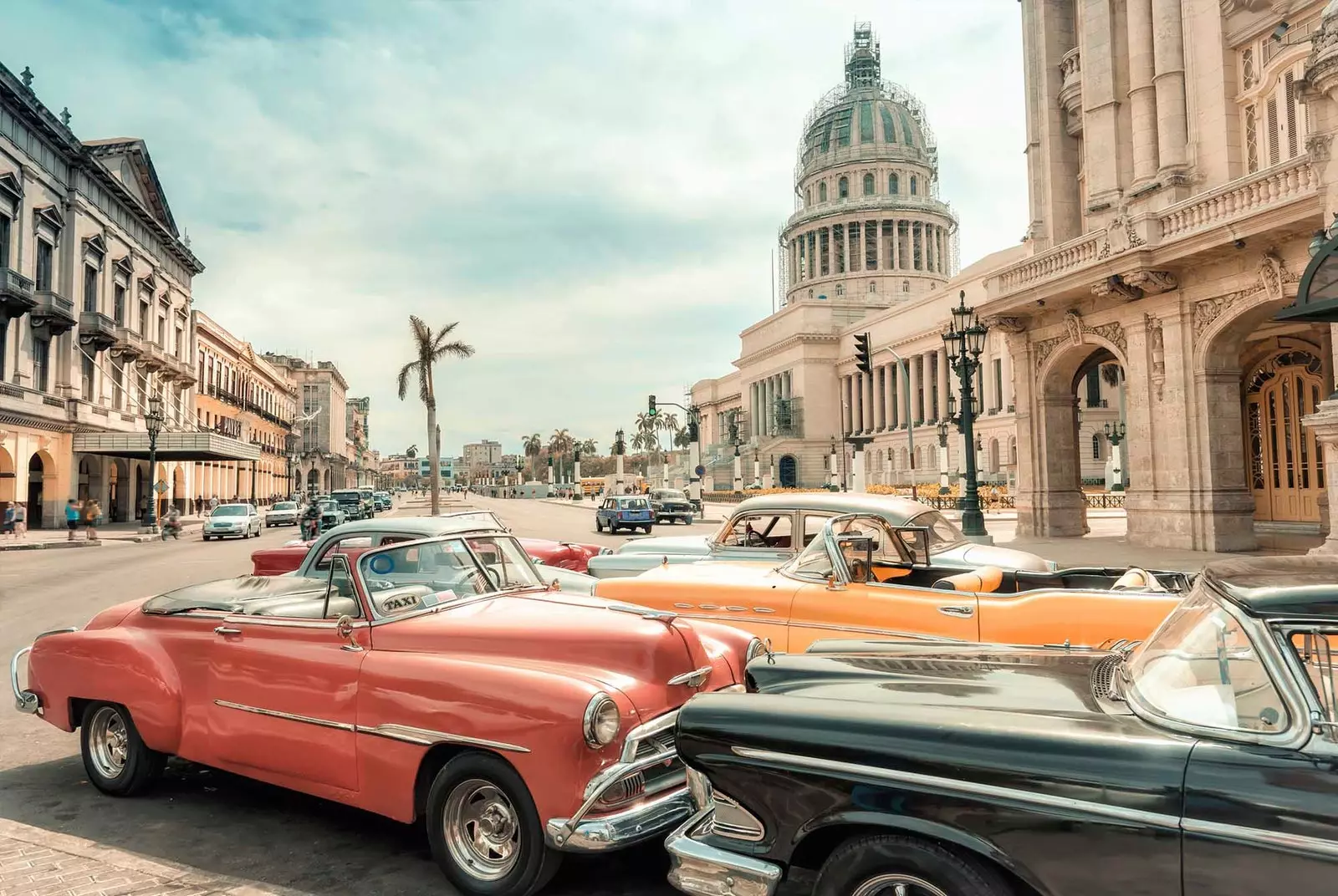
Havana will be restored for its anniversary
Five centuries full of history, adventures and misadventures, since November 16, 1519, under the shade of the Ceiba tree -which the slaves called a sorcerer-, and after officiating the mass and establishing the Cabildo, the city of Havana was inaugurated , one more of the seven towns founded by the Spanish conqueror Diego Velázquez de Cuéllar.
San Cristóbal de la Habana was born and grew up enriched by all possible skin tones, religions and beliefs: native Taínos, Spanish, French and English, conquistadors, corsairs, pirates; slaves torn from their native Africa, Chinese from Macao, Hong Kong and Taiwan who replaced or joined the slaves in the sugar cane fields.
They are origins that are easily guessed in the people who inhabit Havana, where the blue of aquamarine eyes shines from a dark face, where Spaniards of Asturian, Galician, Catalan descent move with the Caribbean cadence. Mulattoes dressed in white flaunt their santeria, born from the fusion between Christian creeds and African gods; Asians who arrived from China did not take long to found their Havana Chinatown.
This year 2019, the label of Havana 500 years appears at every step in the capital of Cuba. Crowning the old walls of Old Havana, institutions of the New, in the select neighborhood of Vedado, the lively Fifth Avenue of Miramar or the crowded Malecón, still dressed with the works of art of the ** 13th biennial .** In each corner of the controversial city, the testimony of the 500 years that it will celebrate this coming fall stands proud, as if wanting to remind its inhabitants of the rich baggage that runs through its veins, from which one of the most complete cultures of the world has been born. world in all its variations.
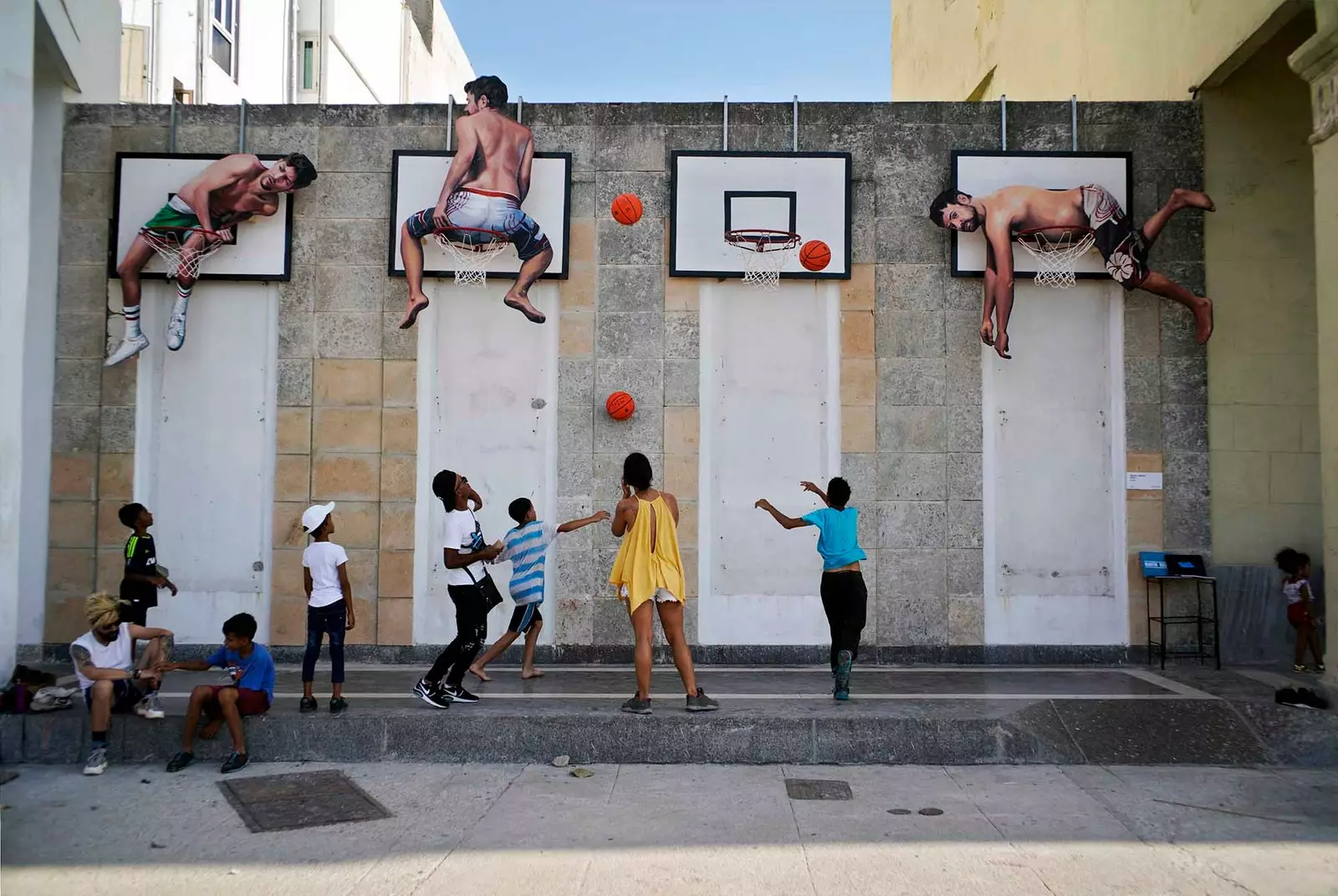
The 2019 Biennial has left works like this on the boardwalk
Talking about music is talking about Cuba. Every Cuban is a musician, singer and dancer. That son that sounds wherever a Cuban is, in Havana it multiplies. He is heard in its streets, it is felt in its people who are born dancing. In the footsteps of the many representatives of him, marked, among others, by the enormous Celia Cruz, by Compay Segundo, Bebo Valdés, Bola de Nieve, Buenavista Club Social or La Nueva Trova Cubana, where Silvio Rodríguez and Pablo Milanés sing the most beautiful poetry to a sweet and warm rhythm, to that Cuban rhythm where a woman with a hat like a painting by old Chagall…
And if we are talking about literature, three Cervantes prizes - Dulce Maria Loynaz, Guillermo Cabrera Infante and Alejo Carpentier - are a sample of the many writers that the island has given and continues to give. Like painters, designers, potters, magicians, and dancers from the category of Alicia Alonzo, now director of Cuban National Ballet , whose headquarters, Alicia Alonso's Theater , bears her name.
But perhaps the star of all of them is the same street in Havana where, among dilapidated mansions, others recently renovated, cafes, "paladares" (that is, restaurants), bookstores, antique dealers and vendors, life bustles at full rhythm and color. , with the emotion of being Cuban, the Cuban, that attracted and attracts so many.
Ernest Hemingway, Of course, he was one of them, who not only wrote works about his beloved island such as El Viejo y el Mar; he also established his cocktail route: my mojito in The Bodeguita del Medio , my daiquiri in Floridita .
Josephine Baker recorded in Havana in 1950, when in the National Hotel She, stronghold of the North American mafia, accompanied by the European aristocracy and Hollywood stars, she was denied the stay due to her color. She closed the door to the Hotel three times, until, in 1966, after the revolution, she performed at the Garcia Lorca Theater she with Bola de Nieve and she is received with all honors at the legendary Hotel Nacional, which today also bears the light of the 500 years of Havana at the top of the Malecón.
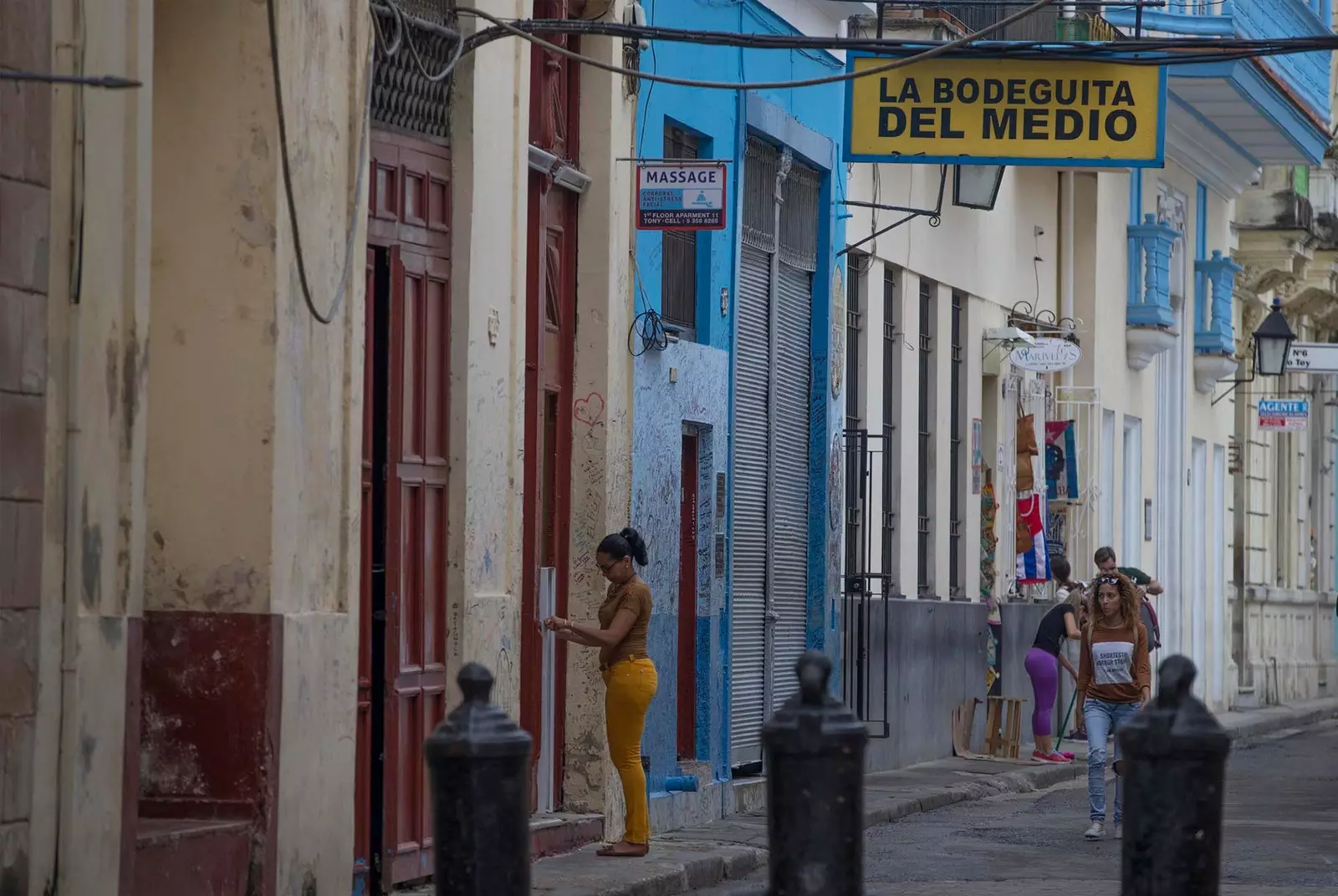
Hemingway liked to drink his mojito at La Bodeguita del Medio
Havana has been adorning itself for years, since Fidel Castro, back in the 1960s, began to restore it. However, this 2019 takes special care to be as beautiful as possible on the day of his 500th birthday. The artificer in charge of its transformation is the City Historian, Eusebio Leal Spengler, that he has already left Cartagena de Indias beautiful and lustrous, what he will be able to do with his own city, with which he is in love to such an extent that he feels it as an emotion , rather than as a city.
"Havana is a state of mind", maintains the great historian, who has dedicated his life and wisdom to renovating facades, balconies, columns, to discover every last secret of his beloved Havana, and bring it to light for anyone who wants to woo her.
Walking through Havana, the love of the Historian for her is understood, who knows her like no one else, since eyes and ears are lacking to absorb what her stones and her people offer. Yes, it is Old Havana, the testimony of its metamorphosis can be seen in every corner of its five squares, Plaza de Armas, Plaza de San Francisco, Plaza Vieja, Plaza de la Catedral and Plaza del Cristo. Also in the streets that surround them, animated by music: the song of the manisera offering his product -"Buy me a peanut cone…"-; the lonely old man strumming the guitar sitting on a bench, the marching schoolchildren dancing in line.
Facades in pastel blue, others in a sienna tone. The old lottery house, which still houses the lucky drum, is painted green. From all of them the patios appear, which the tropical vegetation insists on hiding. Hotels that have made history like the neoclassical Hotel England , the oldest in Cuba, located on the Paseo del Prado, which Elmore Leonard mentions in his novel Free Cuba ; the newly renovated Iberostar Grand Packard, from whose infinity pool you can see the Morro and the Fort of La Cabaña, or the Hotel Seville on Trocadero street, which is featured in the film based on the book Our Man in Havana of Graham Greene, and that in his time, like the Riviera Hotel , the National, the Havana Hilton , or the Capri , was linked to the business of the American mafia.
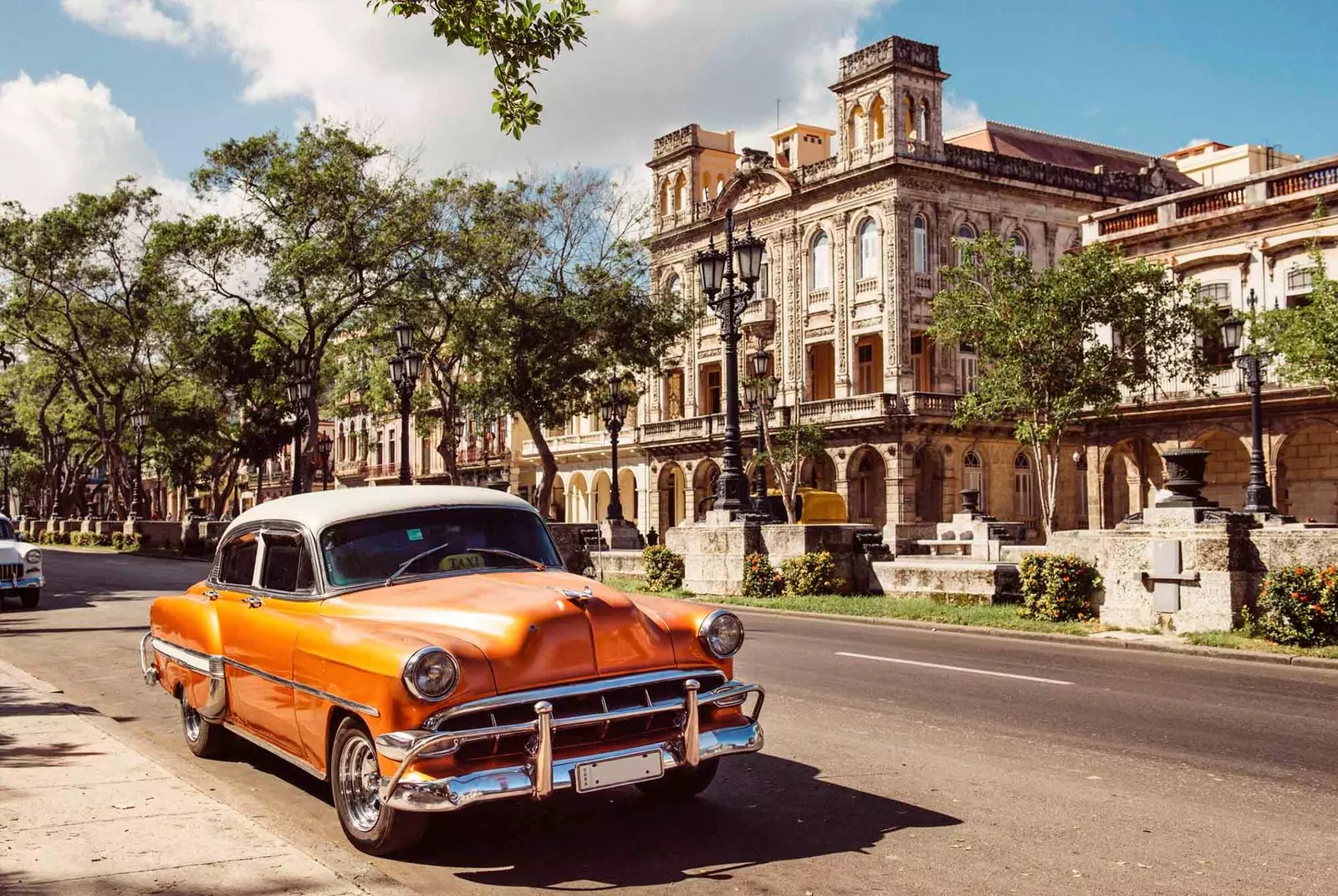
The Paseo del Prado, where several historic hotels stand
If it's the neighborhood forbidden, full of old palaces waiting in line to be cleaned up, the signs of 500 years of Havana adorn traffic lights, schools or legendary cafes such as The ball where the baseball players used to hang out. Also the bearded Fidel Castro and Camilo Cienfuegos , whose photos still hang on the walls of the café, which is located next to the Christopher Columbus Cemetery.
The cemetery is also an essential passage in the history of Havana, because there artists, rogues, politicians and normal people all rest together and, supposedly, in peace. Alejo Carpentier, Lezama Lima or Dulce María Loynaz rub shoulders with Antonio Gades and with revolutionary heroes of the stature of Javier Valdes or Ruben Martinez. There are the most grandiose mausoleums, see that of the firefighters of Havana or the Pavilion of Asturias, and that one, smaller, but more prodigious, that of Amelia Goyre de la Hoz nicknamed The miraculous for the number of wishes she grants just by touching the child's bronze butt in the image of mother and child that rises above her grave.
The cemetery adjoins 23rd Street, dedicated to cinema. In the Strawberry and Chocolate Film Cultural Center , between 12 and 13, you have to drink a Cuba Libre of Havana Club 7 year old rum and toast to the fifth centenary of Havana and to the essential story of the film directed by Tomas Gutierrez Alea and Juan Carlos Tabio and starring Jorge Perugorría and Vladimir Cruz, from whom the center takes its name.
In the words of Eusebio Leal himself, the 500th anniversary of the city will serve as an excuse for the completion of more than 20 works of a social, cultural, educational, heritage and health nature. Among them, the reopening of the National Capitol , inaugurated in 1929 under the government of Gerardo Machado, the work of Cuban architects Eugenio Rayneri Piedra and Raul Otero , whose rehabilitation, begun in 2010, is nearing completion.
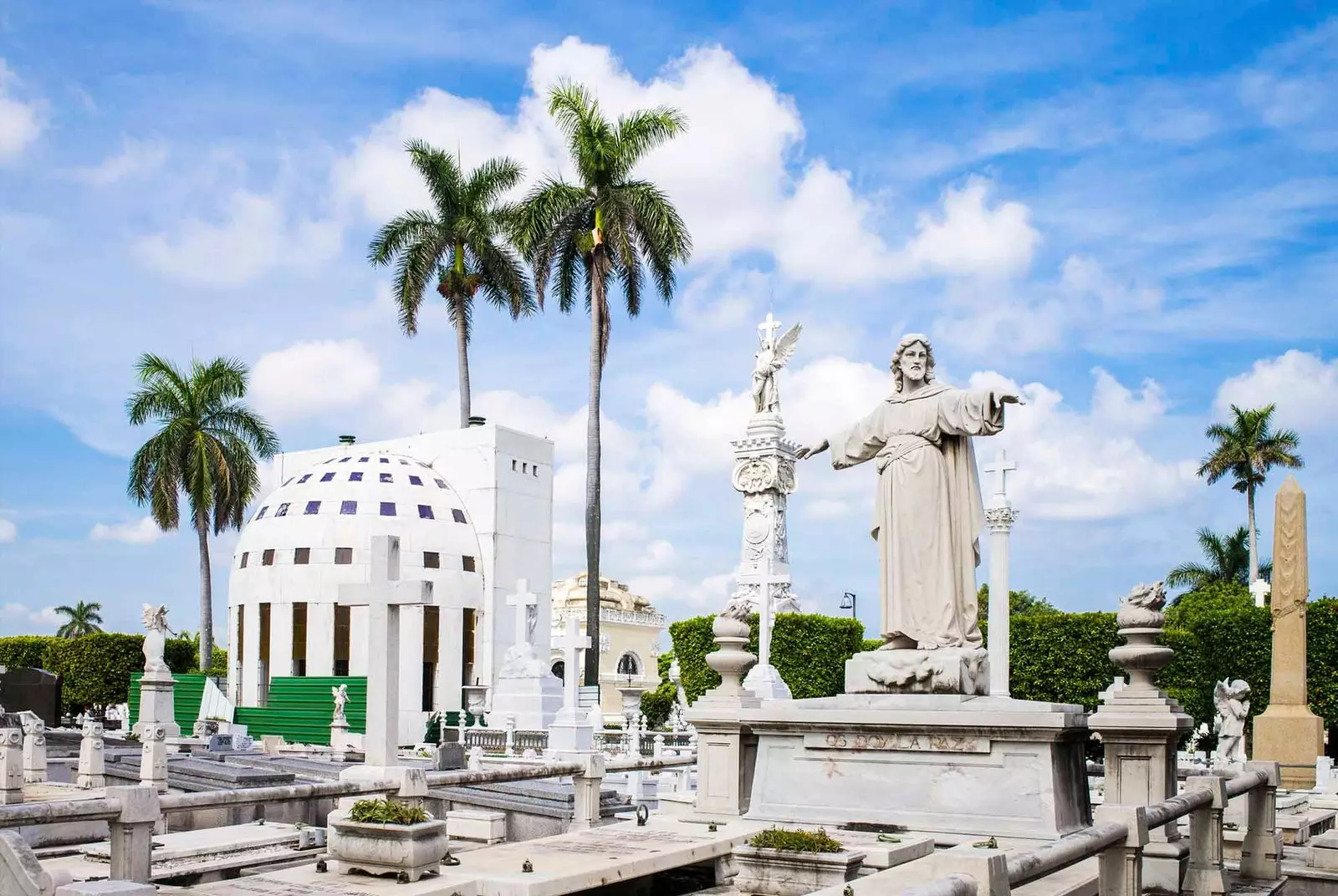
Christopher Columbus Cemetery
The Central Station of the Cuban Railway, the rescue of the Santo Domingo de Atarés Castle and the Cuatro Caminos Market are some more of the planned reopenings, without forgetting the concerts, plays and exhibitions that will take place throughout the year ending in the month of November. The great Historian appreciates the help of international organizations, cities, states and non-governmental organizations, although he points out that, although money is needed, the main thing is the will, which cannot be bought with anything.
Cranes and workers on scaffolding testify to the renewal of Havana. Meanwhile, the people who lived in the buildings have been housed elsewhere until they return home once cleaned up. As Eusebio Leal says, the beauty of Havana was there, and when you put your hand on it, the city is reborn. The capital of Cuba, about to turn half a millennium, goes out of its way to present to the world the great heritage that, for 500 years, it has managed to create the splendid city in times, decadent in others, glorious, lost, and unique that is Havana.
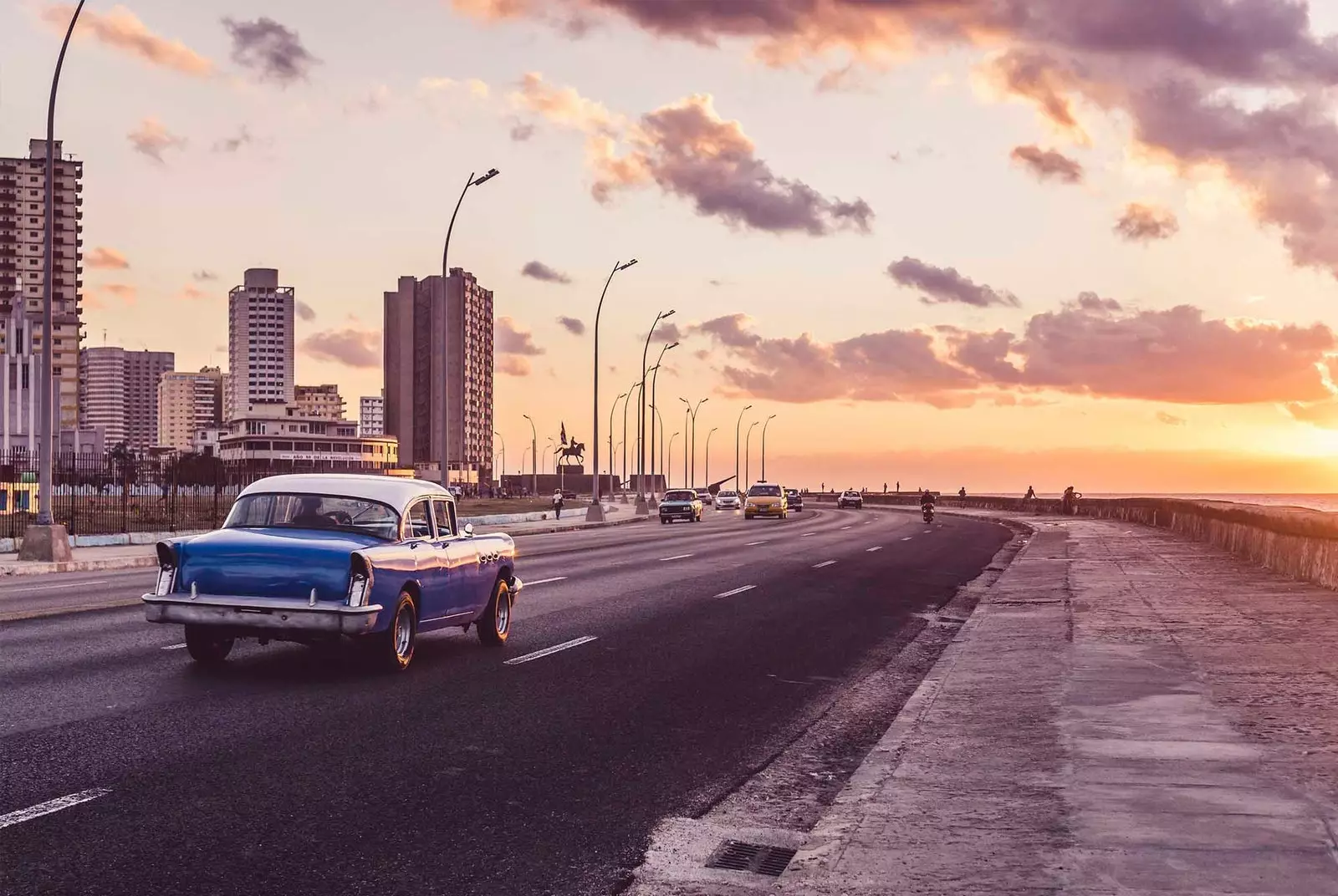
Havana is a state of mind
